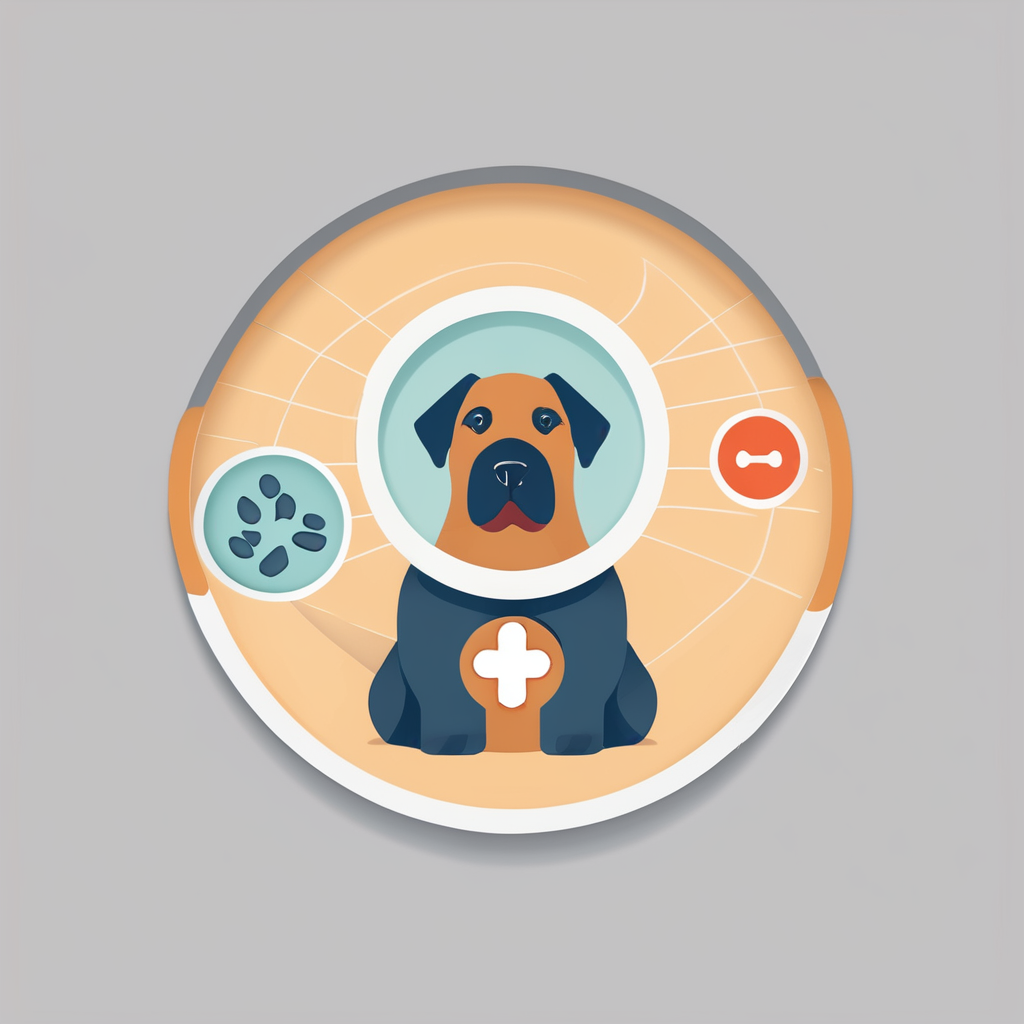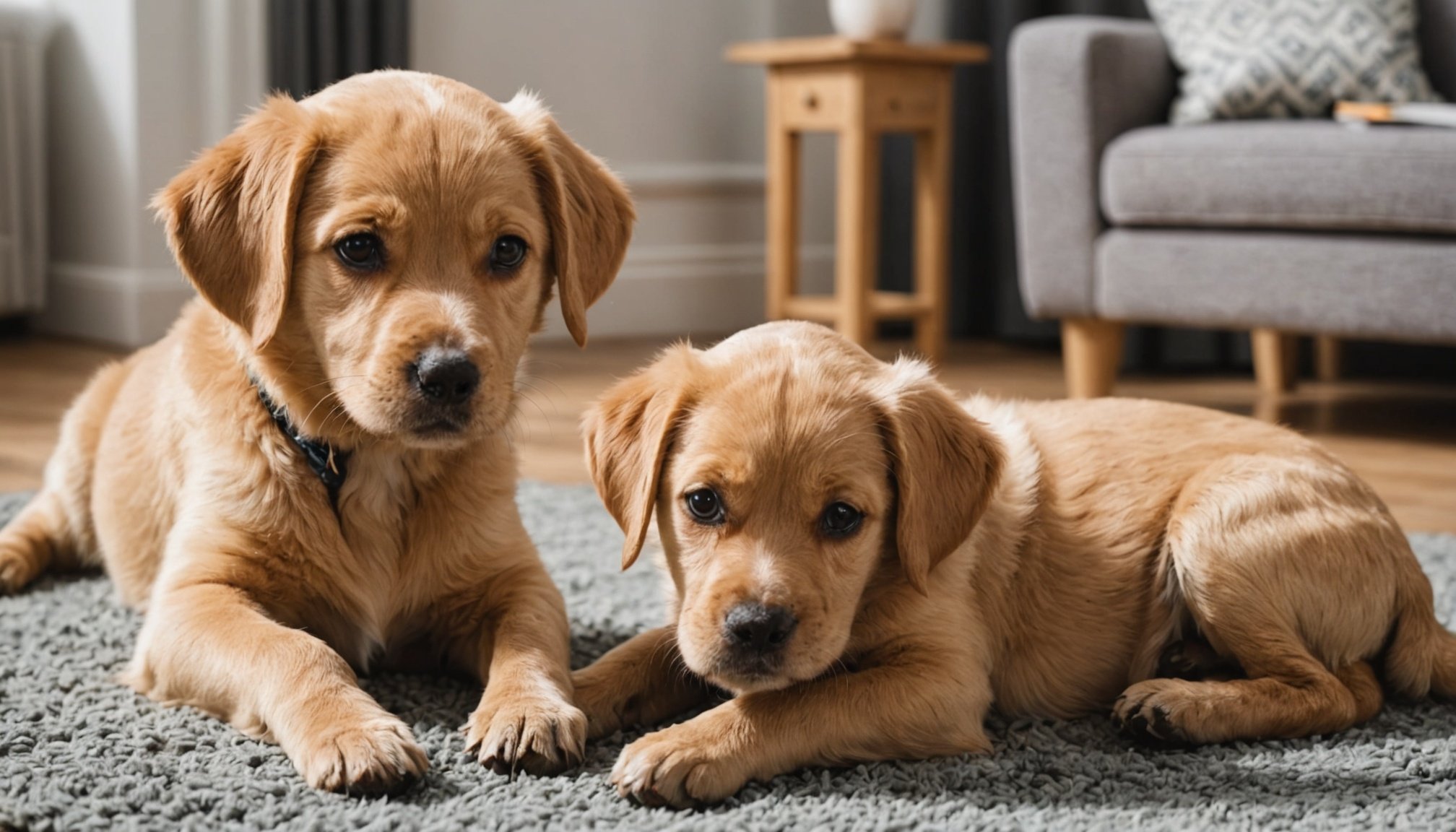Preparing for the Introduction of a New Puppy
Introducing a new puppy into your home is an exciting time, but it requires careful preparation to ensure a smooth transition for everyone, especially older pets. One crucial first step is assessing your older dog’s temperament. Understanding their personality will help anticipate how they may react to the arrival of the newest family member. Are they generally sociable, or do they prefer solitude? Such insights can guide your approach.
Creating designated spaces for the new puppy is important. Allocate areas for their rest, play, and feeding, distinct from those of your older dog. These spaces can help manage the puppy’s energy levels and prevent potential conflicts. Over time, as both dogs adjust, you can introduce shared areas.
Also to read : Essential guide to hosting hedgehog-friendly bonfires: tips for a wildlife-safe fire night
Equipping yourself with necessary supplies beforehand is another vital step. Gather essentials such as food and water bowls, beds, and toys for both the puppy and the older dog. Having everything in place from day one will aid in establishing routine and comfort for all parties involved. This foresight builds the foundation for a harmonious household dynamic, where both dogs can thrive.
Step-by-Step Techniques for Introducing a Puppy
Introducing a new puppy into your household requires strategic planning and patience to foster peaceful coexistence. A successful introduction involves several stages, with each phase designed to ensure the well-being and comfort of both the puppy and the resident older dog.
In the same genre : Ultimate handbook for managing dental health in rabbits at home in the uk
Initial Meeting in a Neutral Space
For the first meeting, select a neutral space where neither dog feels territorial. This location is pivotal, as it provides an impartial setting and aids in easing initial tensions. Observe their interactions closely for any signs of stress or anxiety in either dog.
Controlled Home Introduction
Once the dogs are accustomed to each other in neutral settings, move the introduction to your home. Have controlled introductions within the house by gradually allowing them to explore each other’s spaces. Ensure that both dogs remain safe and comfortable, providing specific areas for rest and feeding, and closely monitor interactions.
Monitoring Reactions and Interactions
Vigilance in watching their body language is essential. Look for positive or negative signals to assess reactions. Adjust the environment and interactions as needed to keep both dogs calm and content, solidifying a basis for a harmonious household dynamic. Reinforce positive engagement with affection and treats for both companions.
Ensuring Comfort and Security for Both Dogs
Creating an environment that prioritises both dog comfort and space management is integral to fostering a peaceful household. Separate feeding and resting areas are crucial, as they allow each dog to feel secure while maintaining their personal space. This separation mitigates potential territorial disputes and encourages positive interactions.
As familiarity grows, consider introducing shared activities like walks or play sessions. These activities should be gradual, ensuring each dog feels at ease. Shared experiences can significantly enhance trust-building between the two, laying the groundwork for amicable companionship.
Scent exchange can be a valuable tool for bonding. By allowing each dog to smell the other’s bedding or toys, you facilitate a non-intrusive method of introduction. This sensory exchange familiarises them with each other’s presence and fosters a sense of connection without direct confrontation.
Balancing space and routine while acknowledging each dog’s unique needs will aid in establishing a harmonious household dynamic. By prioritising comfort and security, you create an environment where both dogs feel cared for, allowing their bond to grow naturally over time.
Potential Pitfalls to Avoid
Introducing a new puppy into your home can be thrilling, yet challenging. Understanding common mistakes such as dog behavior and integration issues is crucial to prevent future problems.
Overstimulation During Introductions
Introducing a puppy too quickly or thrillingly can overwhelm both the puppy and the older dog. Allow gradual exposure, monitoring interactions to avoid overstimulation.
Ignoring Signs of Stress
Dogs often communicate their distress through body language and vocal cues. Ignoring these can exacerbate tension. Pay close attention to the subtle signals, such as ears back or lip licking, to alleviate stress and ensure both dogs remain at ease.
Inconsistent Training Approaches
Consistency in training methods is critical. Differing approaches confuse dogs and hinder learning. Establish clear and uniform rules to help both animals adjust effectively.
Observe for indications of jealousy or territorial behavior, which can arise inadvertently. Mitigate these feelings by ensuring balance in attention and resources, maintaining fairness to prevent disputes. Furthermore, avoid hasty or forced interactions which can overwhelm either dog, potentially causing long-term behavior issues. Prioritize steady, positive experiences to nurture a peaceful coexistence.
UK-Specific Considerations for Dog Ownership
When considering dog ownership in the UK, it’s essential to be aware of the specific laws and regulations that may influence your choice of breed and management practices.
Understanding Breed-Specific Regulations
Certain dog breeds are subject to distinct regulations under UK law. It’s crucial to review these as breed compatibility plays a significant role in ensuring a harmonious household. Research thoroughly to comprehend the legal obligations associated with keeping particular breeds and how they may affect the dynamics within your household.
Resources Available for Dog Training
The UK offers a wealth of resources for dog training and behaviour advice. Access to professional trainers and behaviourists can be invaluable in fostering positive behaviours in both new and older dogs. Whether through group classes or one-on-one sessions, these resources support effective integration and adjustment processes.
Socialization Opportunities
Another important facet of UK dog ownership is the potential for engaging with other dogs. Consider local parks and social clubs, which provide avenues for your puppy to socialise safely and appropriately. Facilitating such interactions is integral to their development and helps in nurturing a well-adjusted, confident pet in your community.









